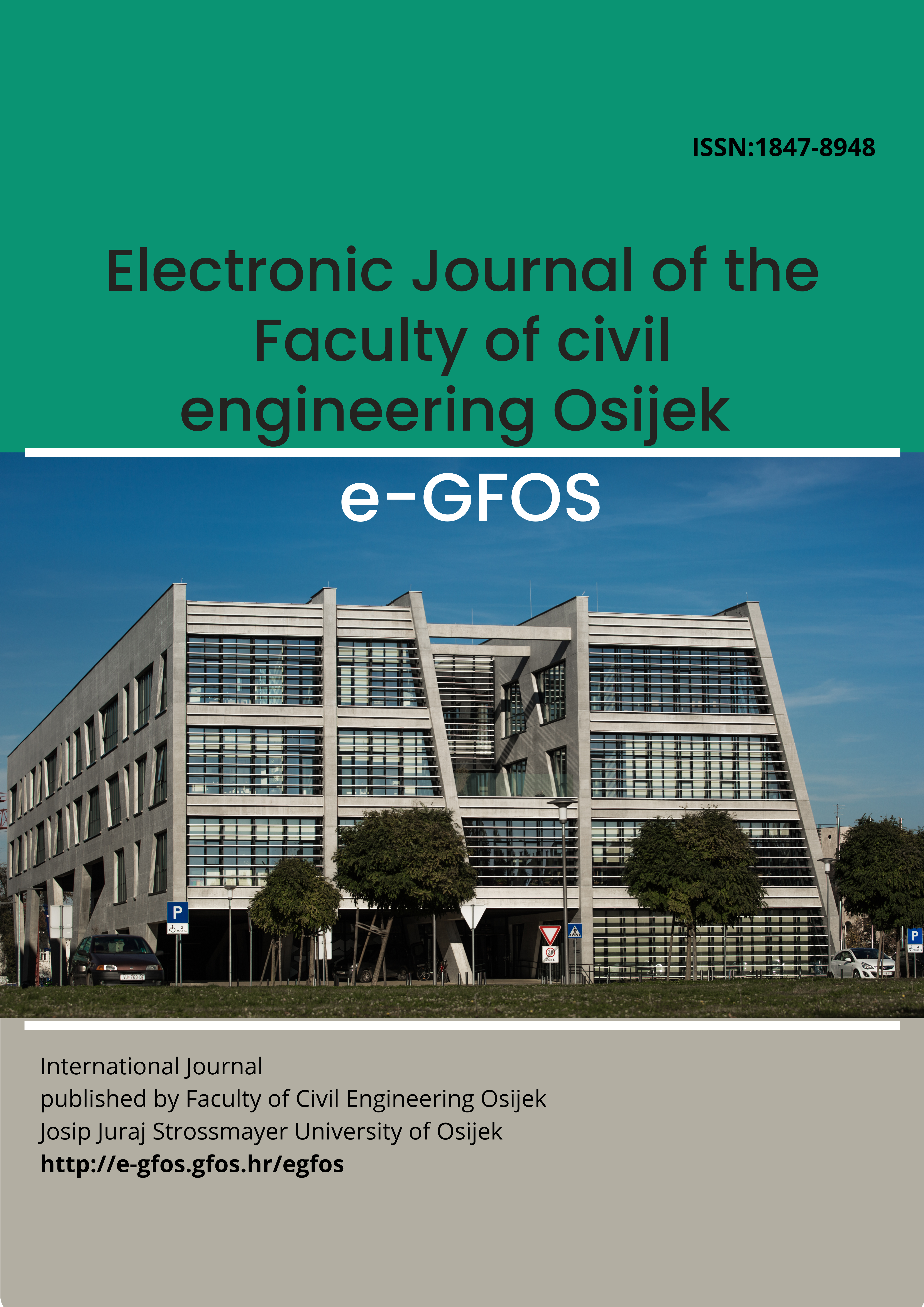EXPERIENCE OF USING THE MONTE-CARLO METHOD IN DETERMINING OPTIMAL PLASTER COMPOSITIONS WITH IMPROVED STRENGTH PROPERTIES
Keywords:
cement-lime light plaster; polymer; experimental-statistical modeling; Monte-Carlo methodAbstract
Considering that modern building materials impose increasing performance requirements, it is necessary to expand the range of building materials and improve their multicomponent composition. The effects of polymer and porous components (expanded perlite sand and carbonate filler – limestone-shell rock) in cement-lime light plaster on the physico-mechanical properties of the mixtures under equal workability conditions of mixtures are analyzed based on experimental-statistical modeling. The results of the physico-mechanical and operational experiments confirm the rationality of using porous fillers and additives to improve certain specific properties of the final product. The so-called Monte-Carlo method is implemented for determining an optimal composition of multicomponent cement-lime light plaster, based on multivariate statistical modeling and iterative random scanning of property fields. According to the results of the computational experiment, a composition that reduces the number of expensive mixture components and improves the physical and mechanical characteristics of the resulting composition is selected.

